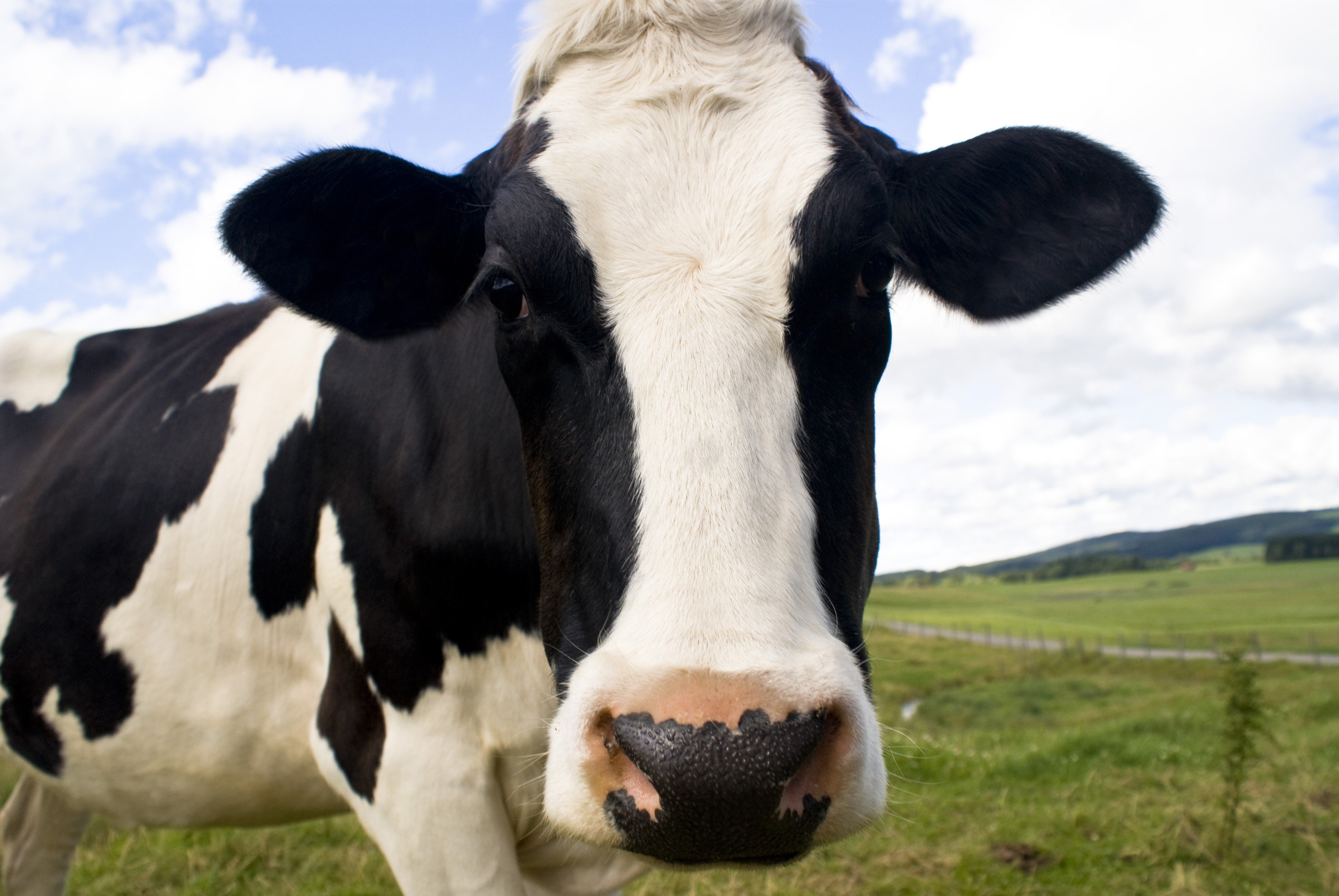This week we learned about prion diseases, which are 100% fatal to all patients. I decided to look into some of the treatment options that might exist or are being developed for these diseases. The research that goes into treating these diseases is particularly interesting to me because it illustrates very well how scientists work.
The problem at hand is that prion proteins get altered into a different, maladaptive form, one which the body doesn’t reject on its own. This problem is complicated by the fact that symptoms don’t show immediately, and might not show until even 50 years after the initial infection. Many teams are researching how prion diseases are caused in great detail, and are working multiple angles of the process to find the most effective treatment method. For instance, some methods try to destroy the maladaptive form of the protein, while others try to prevent the conversion process, or simply destroy the regular prion proteins before they can be converted at all. I’ll go through some of the pros and cons of some potential treatment options below.
Drug therapy – Some think that we might be able to use drugs in order to delay the disease or cure it entirely. Several already-existing drugs, such as antimalarials and antipsychotics, are going through trials to see how effective they are. Some of the pros for this treatment are the fact that we already have these drugs available for use, and they seem to work well at getting rid of the disease in the limited environments of test tubes and petri dishes. Some work by preventing the conversion of the normal prion protein to the folded version, and others might target other molecules that are involved in the conversion process. A major con, though, is that they haven’t been shown to work effectively in humans. One of the issues with these treatments is that the drugs have to cross the blood-brain barrier (the tightly-packed walls of cells around blood vessels in the brain) to treat the infected areas of the brain. However, this requires small molecules, and some of the drug compounds just aren’t small enough to make it to the areas that need treatment. Surgery can be used to put pumps for the medication inside the brain, but the surgical complications are tough to deal with. At present some drugs have been shown to delay the patients’ death a bit, but none prevent it entirely. Research is ongoing to find new drugs and new ways of delivering those drugs to the brain that will give better results.
Immunotherapy – Another option with a lot of potential is immunotherapy, where antibodies are injected into the patient. Antibodies are proteins that bind to infective materials to remove them; the body produces many antibodies naturally, but they can also be synthesized by scientists. The pros here are that there are several types of antibody proteins created that have been shown to be effective at treating prion diseases in petri dishes and in mice. However, in humans they face the same challenge as the drugs discussed earlier. The major con for this treatment is that antibody proteins are just too big to cross the blood-brain barrier, so they can’t get to the parts of the human brain that are being infected in order to wipe out the disease. Further research is being done here as well in order to see if the current problems with this treatment can be resolved.
Gene therapy – One of the really interesting ideas for treating prion diseases is to cut off the disease at its source: if there are no prion proteins, then they can’t be converted to the maladaptive form, and the disease will go away. The prion protein gene translates its production messages using RNA, and in theory we could stick our own manufactured pieces of RNA/DNA to those RNA strands before they deliver the message to produce the protein. This effectively “turns off” the prion protein gene. A pro for this treatment is that the prion protein doesn’t appear to serve an essential purpose to humans, so if we could shut off its production there wouldn’t be any ill effects. This has been proven true in mice at the very least. However, there are two big cons to this method as well. The first is that the pieces of RNA or DNA that need to be administered are once again big molecules that can’t get across the blood-brain barrier, and need to be injected into the brain itself. The second is that even if they make it to one area of the brain, the treatment might not be effective unless they can be evenly distributed across the entire brain. Without any way of doing this, the disease might be stopped in one area only to develop in another.
Overall, none the present treatment methods are capable of effectively treating prion diseases. However, research continues in these areas and others, and there is hope that in the future an effective cure will be found.
